
Artificial intelligence can help seek out and identify high-risk patients who might benefit from more extensive screening.
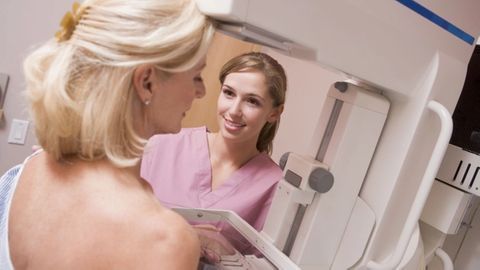
Redefining Fibrocystic Changes on Breast MRI: Can It Reduce the Number of Benign Biopsies?
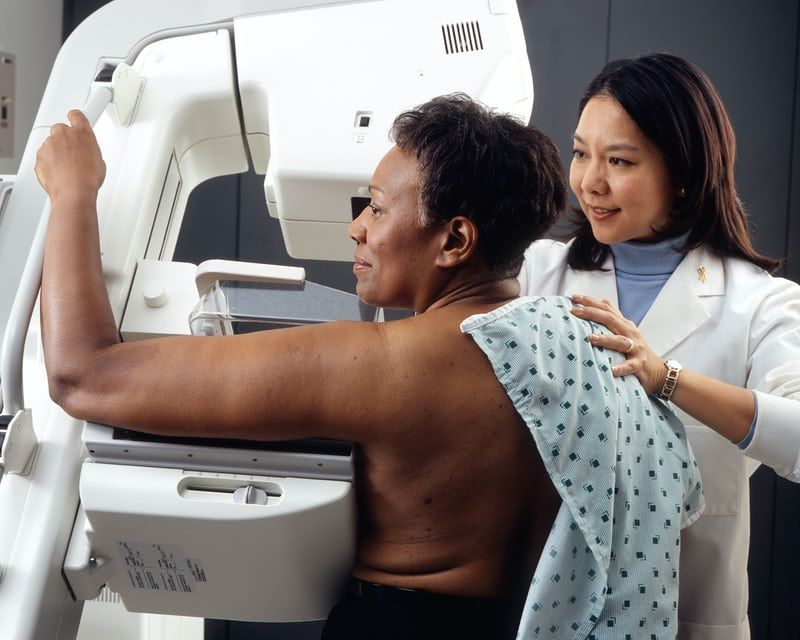
Can Contrast-Enhanced Mammography Provide a Viable Option for Breast Cancer Detection?

Artificial intelligence can help seek out and identify high-risk patients who might benefit from more extensive screening.

Nonsuppressed background parenchymal enhancement could indicate patients who will show inferior response and allow for a personalized redirection of treatment.

Looking for these features could reduce biopsies and facilitate more timely screening.
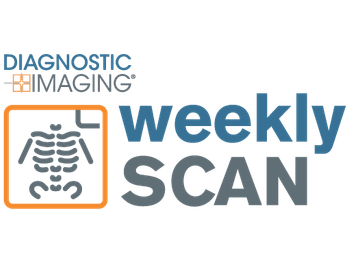
Take a quick look at Diagnostic Imaging's Top 5 stories of the week.

Images can detect non-mass enhancement extension that correlates to tumor involvement of the nipple.
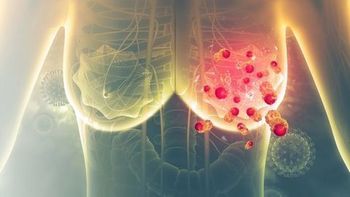
Primary care providers are less likely to recommend breast MRI for screening high-risk women.

Breast MRI is a good tool for supplemental screening in women who have a personal history of breast cancer.
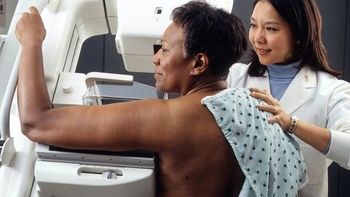
Meg Eckenroad, Hologic’s vice president of women’s health, discusses the motivation and goals of the new $20-million Project Health Equality.

Dana Bonaminio, M.D., Women’s Imaging National Subspecialty Lead from Radiology Partners, offers tips and guidance on what providers should make sure women know about their breast health.

Tattoo ink can migrate in female patients, potentially mimicking lymph node findings on breast imaging.
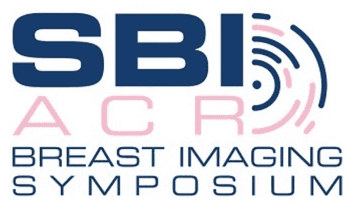
MD Anderson Cancer Center medical director shares her thoughts the priorities and challenges facing breast cancer detection and screening.

Patients want to know their risk. But, before you provide it, consider these factors to successfully integrate it into your practice.

Here's what to expect this week on Diagnostic Imaging.

Patients indicated breast imaging radiologists expressed more empathy over the diagnosis and had more understanding of their scans than other providers.

CEM performance showed no significant difference between women with or without breast implants, and it produced very few complications.

Despite recommendations from the American College of Radiology, most providers opt to delay screening in these women.

Images can pinpoint which women are at risk for ischemia and nipple necrosis.
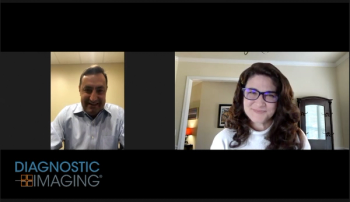
Chest X-ray and Chest CT for TB Detection; Contrast-Enhanced Mammography for Women with Breast Implants; Risk-Based Approach to Optimizing Mammography During Crisis; Plus, Natural Language Processing for COVID-19 Case Volume Prediction
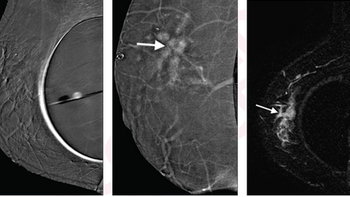
Findings show contrast-enhanced mammography is an acceptable option for women who may not have access to MRI or who cannot undergo the exam.
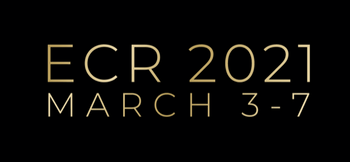
Experts at ECR 2021 offer their top three tips for a variety of breast imaging techniques.

Including a measurement in diffusion-weighted imaging on contrast-enhanced MRI can help women side-step unneeded procedures.

New method can help providers distinguish between benign and malignant breast lesions.

The approach, based on ACR guidance, is intended to promote vaccine use while reducing patient anxiety and unnecessary imaging.

COVID-19 Vaccine-Related Adenopathies on Breast MRI; Baseline Mammography at 40; Cherenkov Imaging to Improve Radiation Therapy Improvement; and Sexual Harassment and Gender Discrimination in Radiology

Here's what to expect this week on Diagnostic Imaging.